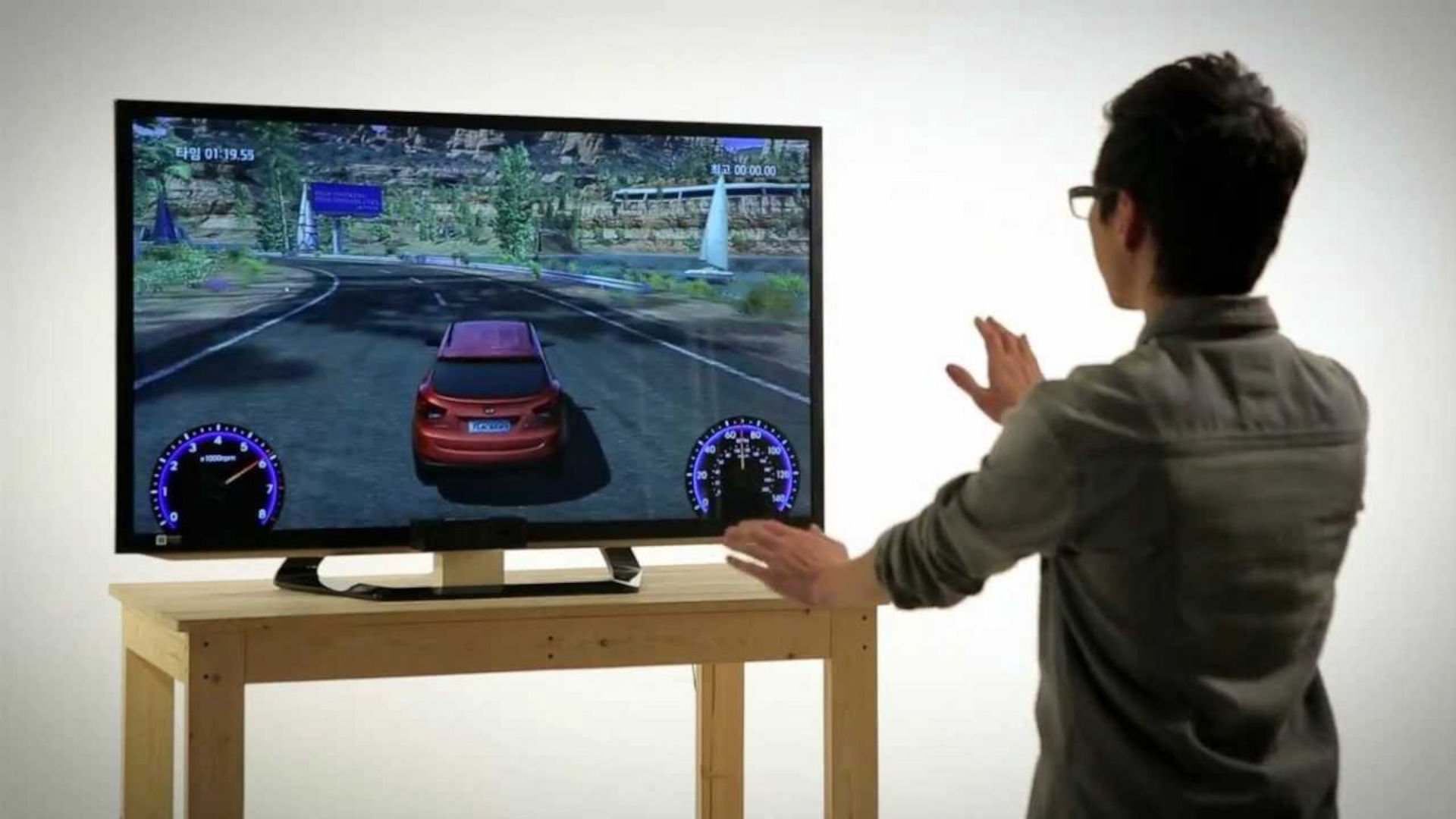Mar 5, 2024
Introduction:
In the realm of human-computer interaction, gesture recognition stands as a groundbreaking technology, enabling users to interact with devices through intuitive hand movements and gestures. At the heart of this innovation lies artificial intelligence (AI), which plays a pivotal role in deciphering and interpreting these gestures. Let's explore how AI recognizes your hand gestures and movements, and the real-world applications driving this technology forward.
Understanding Gesture Recognition
Gesture recognition is the process of interpreting human gestures using motion sensors or cameras and translating them into actionable commands for devices. These gestures can range from simple hand movements to more complex actions like waving, pointing, or swiping. The goal is to create a seamless and intuitive interaction between humans and machines, enhancing user experiences across various domains.
The Three Layers of Gesture Recognition
Gesture recognition involves three fundamental layers: detection, tracking, and recognition. Detection refers to capturing the movements of the hand or other body parts using specialized interfaces capable of sensing these actions. Tracking involves monitoring the trajectory of these movements in three-dimensional space. Finally, recognition utilizes deep learning algorithms to identify and correlate meaningful gestures from a pre-built library, matching them to specific actions.
How AI Powers Gesture Recognition
AI, particularly deep learning algorithms based on neural networks, forms the backbone of gesture recognition systems. These algorithms are trained on extensive datasets of hand gestures, enabling them to learn and recognize patterns effectively. By analyzing captured image data and calculating depth of field, AI can track hand movements in real-time and correlate them with predefined gestures from the library. This allows for seamless execution of desired actions based on interpreted gestures.
Real-World Applications of Gesture Recognition
Gesture recognition technology has found widespread applications across various industries, driving innovation and improving user experiences:
Real-Time Video Captioning:
Using computer vision and machine learning models, gesture recognition can convert sign language into text in real-time, facilitating seamless communication for deaf users.
Time-of-Flight for Range Finding:
Time-of-Flight (ToF) technology measures the time-based distance between a sensor and an object, enabling precise control of in-car features like temperature and volume.
Gestural Recognition in Virtual Reality:
Computer vision technology enables hand gesture recognition in virtual reality environments, allowing users to manipulate and interact with virtual objects effortlessly.
Retail Recommendation Engines:
Retailers utilize advanced AI-enabled gesture recognition to analyze shoppers' facial and hand gestures, providing insights into product popularity and positioning for optimized customer engagement.
Conclusion
AI plays a pivotal role in enabling gesture recognition, revolutionizing human-computer interaction across diverse applications. By leveraging deep learning algorithms and computer vision technology, AI can interpret hand gestures and movements with remarkable accuracy and precision. As technology continues to evolve, the possibilities for enhancing user experiences and driving innovation are limitless, paving the way for a more intuitive and connected digital world.





